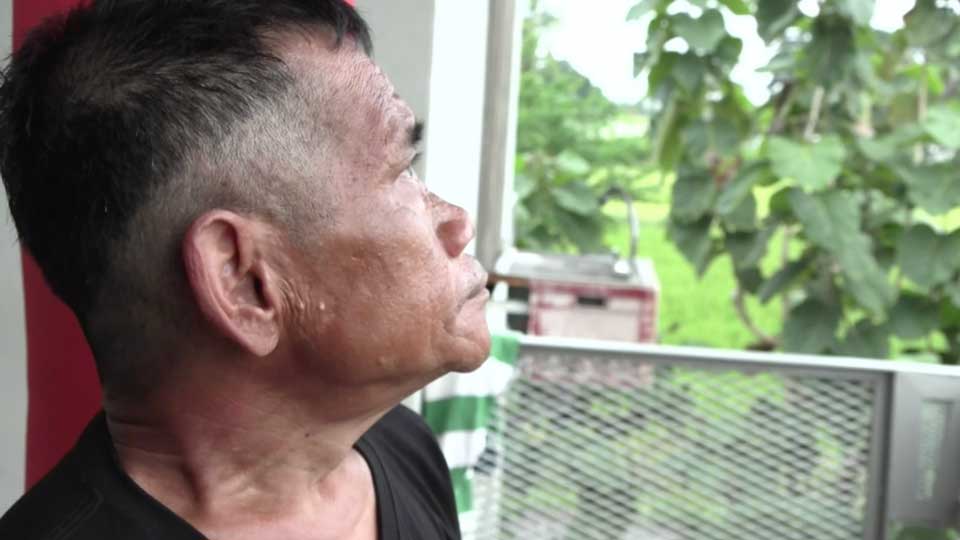Forced labor
Life on a fishing boat is hard. The long hours, ever-changing weather conditions, and low income make it an unattractive career choice.
Many people staffing the vessels are under duress, victims of exploitation and human trafficking. Vichien Soisawat, now 52 years old, became one of them in 2007 when a broker arranged for him to crew a boat that fished in Indonesian waters.
The rural laborer was told by a friend that working on the boat would bring a lucrative wage. The reality was much different.
"It's so difficult, working all the time. Every five hours during working time I would work three hours before taking two hours rest," he says. "It was like there were three seasons each day: rain, hot and cold. The rain comes, the waves rise, but we had to work and endure the harsh weather until everything is finished."

Vichien had little savings. When his boat did return to shore he had nowhere to stay and ended up spending his meager wages at a karaoke bar. When he ran out of money, he felt he had no choice but to return to sea. It was a vicious cycle.
Like many workers, Vichien's passport was seized by his employer. In 2016, he was working on a boat that was sold to a Malaysian owner and found himself stranded and homeless in the Malaysian city of Kuching.
He was forced to collect garbage to earn a living, unable to return home. Fortunately for Vichien, he was rescued by a welfare group that has helped thousands of others.
Rescue mission
The Labour Protection Network (LPN) in Thailand's Samut Sakorn province, an hour's drive from Bangkok, works to protect workers' rights. It was co-founded by Patima Tungpuchyakul, who takes a particular interest in helping fishing boat laborers who get stranded in Indonesia.

Patima set up the LPN after hearing many complaints from workers' families about loved ones who had gone missing overseas or were facing difficulties.
She found that forced labor is a deep-rooted problem in the fishing industry, not only in Thailand but across Southeast Asia. Patima says in Thailand, laws have been enacted to protect workers on fishing boats. But it's different on boats that fish international waters.
"In Thailand, exploitative employers started to fear the strict laws. But in neighboring countries, although they have similar laws, they might not be enforced, or there isn't so much awareness of the problem."
The LPN has successfully rescued around 5,000 workers since 2015, including Vichien.
Patima explains that employment brokers play a critical part in the exploitation cycle. The more people they can find to staff fishing boats, the more commission they receive.

Addressing the issues
Patima says while crackdowns are one way to solve the problem, catch certificates that enable produce to be matched to registered vessels are a more important initiative.
That kind of traceability is part of the European Union's Illegal, Unreported, and Unregulated (IUU) fishing regulation. Seafood export countries that don't comply with IUU standards cannot access the European market.

Thailand received an IUU 'yellow flag' warning in 2015, which proved to be a turning point for the country's fishing industry.
Thai-flagged vessels are now subject to what's called Port In-Port Out control and monitoring, and laws are in effect to support labor rights. The changes in Thailand are improving the situation for workers, but cooperation from neighboring countries is needed to forge a more equitable path.

